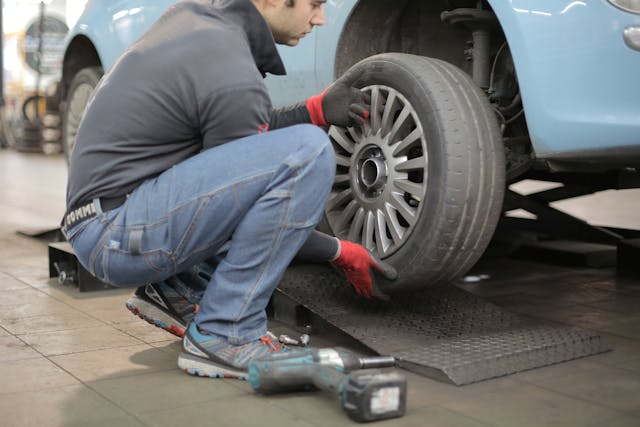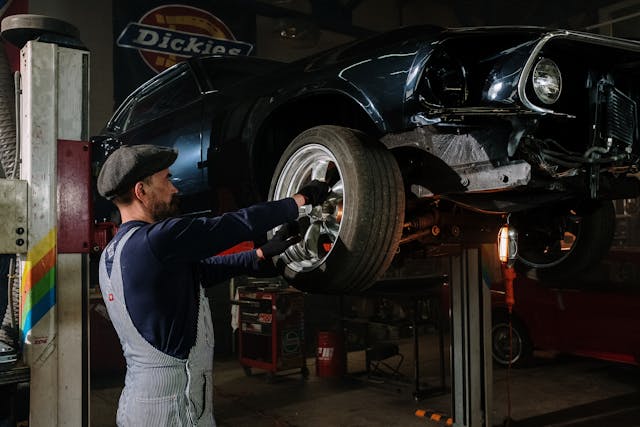Tyres are important aspects of vehicles and they are what provide traction, safety and stability on the road. But with time, tyres are exposed to wear and tear. You will need to carry out repairs or replace them. It is important to know when it repair or replace them so that you can maintain the safety of the vehicle on the road.
The primary way to understand the condition of your vehicle tyre is its tread depth.
This will affect the ability of the tyre to grip the road surfaces especially if the road happens to be wet or slippery. You are recommended to replace the tyres when the tread depth is about 2/32 of an inches or less than this. This is the minimum threshold but you need to inspect the tyres for uneven wear patterns as well such as bald spots, scalloping and cupping. When there are irregular wear patterns, it means there are issues with the suspension, alignment or the tyres are not inflated properly. In such a situation, you will need to go for professional tyre fitting Lilydale. In some situations, there will be cuts, punctures or other types of damage on the tyre and this will affect its structural integrity. You need to consider the location of the damage the its severity when deciding whether to repair or replace the tyre. If the puncture is smaller than ¼ inch in diameter and it is in the tyre tread area, this can be repaired. But the mechanic will check whether they meet specific criteria to be repaired.

When there are punctures on the sidewall of the tyres
Or near its shoulder exceeding ¼ inch, you will need to replace it as there is a safety concern. The age of the tyre is another factor in deciding whether to repair or replace it. Tyres will deteriorate over time due to exposure to temperature fluctuations, sunlight etc. Also, there can be chemical reactions that can take place within the rubber compounds. You need to replace tyres every six to ten years even if they seem to be in good condition. This should be taken into consideration when it comes to stored tyres or spare tyres. There are guidelines and recommendations provided by tyre manufacturers and automobile manufacturers regarding repair and replacement of tyres. These guidelines are based on extensive testing and analysis of tyre safety and performance. So you can consult the owner’s manual or reach out to the tyre manufacturer to learn more about this.

Safety is the top priority when it comes to making this decision.
Even if the tyre damage is minor, this can affect the ability of the tyre to provide sufficient traction and stability. This will greatly increase your risk of tyre blowouts and accidents. If there is a doubt it is best to be safe than sorry and opt for replacement. This will protect the driver and the passengers. Another factor to consider in this decision is cost. Tyre repairs tend to be less expensive compared to replacements but you have to consider the long term implications of the option. If the tyre is nearing the end of its lifespan anyway or if it is showing signs of wear and tear, you may get greater value from replacement.
